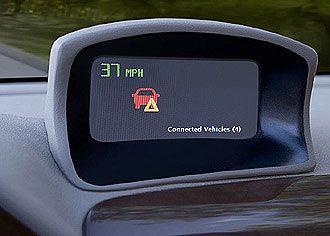 |
|
V2V Display Screen |
Heavy rain and reckless driving contribute to countless traffic accidents, which remain the leading cause of death in the United States. The only way to significantly reduce these incidents is to develop vehicles that can predict collisions and take action to prevent them.
Is a world without traffic accidents possible? Vehicle-to-Vehicle (V2V) communication technology could be the solution. Researchers are making significant advancements to implement V2V technology in real-world applications.
Global Positioning System (GPS) technology, which is becoming increasingly accurate, allows you to quickly pinpoint your vehicle’s location at any given moment. This, coupled with methods for assessing vehicle stability through real-time speed and direction monitoring, feeds data into computers installed in the vehicles. However, a challenge remains in transmitting this data to other vehicles sharing the roadway.
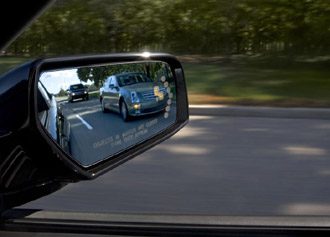 |
|
Display Screen for Overtaking Vehicles |
To promote the development of V2V technology, the Federal Communications Commission has authorized the use of the 5.9 GHz frequency band—a dedicated band for Dedicated Short Range Communications (DSRC)—to enable communication between vehicles and roadside information transmitters.
Volkswagen’s electronics research department, which contributed to the development of the autonomous VW Touareg that won last year’s Grand DARPA Challenge, has recently equipped two Jettas and two Audi A3s with DSRC devices. Using V2V technology, these vehicles successfully navigated through San Francisco. According to Carsten Bergmann, the project leader at VW, “V2V technology can be implemented right now.” (Of course, having the correct specifications for each vehicle at the right time requires a highly precise system for detecting hazards, and coordinating four vehicles is always easier than coordinating hundreds).
General Motors has introduced a superior version from VW: the Cadillac CTS equipped with DSRC technology that can autonomously brake to prevent accidents. The upgraded stability control system can predict the vehicle’s direction; for instance, if a DSRC-equipped vehicle is stopped ahead, the system will quickly activate the computer to apply the brakes without driver intervention. While the results are impressive, there are concerns that many Americans may resist fully autonomous cars due to their independent lifestyles.
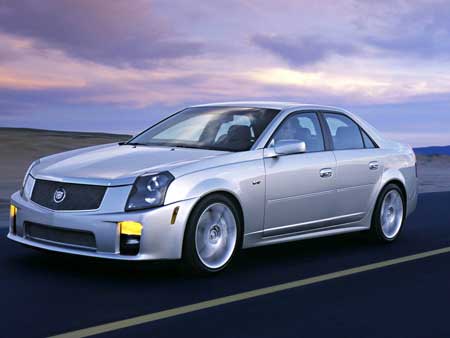
The Cadillac CTS equipped with DSRC technology can
autonomously brake to prevent accidents. (Image: dieselstation)
Fortunately, engineer Tomiji Sugimoto and his team at Honda’s research and development department are creating a new type of vehicle that integrates human control with machine assistance, allowing the driver to retain control. The aforementioned models are simply machines that cannot think. However, Honda is developing a haptic feedback system, such as a steering wheel or pedals that can vibrate. Mr. Sugimoto states, “We are talking about a system that functions as if it wants to take control of the vehicle from the driver.” Regardless, even if this system may annoy drivers, its feedback is always accurate.
The Next 5 Years: Self-Diagnosing Vehicles
Currently, BMW is introducing a four-seater vehicle equipped with a remote consultation service: the vehicle will notify the mechanic when it is time for an oil change or other routine maintenance. A spokesperson for BMW also mentioned that in the coming years, there will be “remote diagnostic services,” where vehicles will automatically email the owner if a fuel pump system fails or if it detects issues with the electrical system.
The Next 5 Years: Smart Glass
You might not need a sun visor in your car. The French company Saint-Gobain is developing a type of chrome-coated glass that can change color when electrically charged. Metal wires transmit a thin layer of oxide to the glass surface, blocking UV rays and solar heat. Ferrari is using this type of glass for the roof of its limited-edition Superamerica model (produced in 2005). You may be able to purchase sports cars featuring this new technology within the next decade.
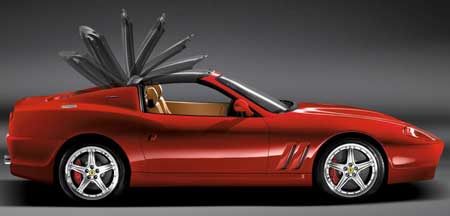
Ferrari is using chrome-coated glass for the roof of the Superamerica model (Image: retractable)
The Next 10 Years: More Enjoyable Driving
Advancements in applied computing have enabled automotive experts to develop better vehicle control devices, such as automatic anti-roll brakes that minimize driver error. Mercedes, based on logical conclusions, is planning to create the SL-Class, which allows the vehicle to be controlled by a directional lever. Company’s engineers claim these levers are more precise and user-friendly than traditional steering wheels, but the public is not yet ready to change habits. When today’s children reach driving age, they will be prepared for such changes.
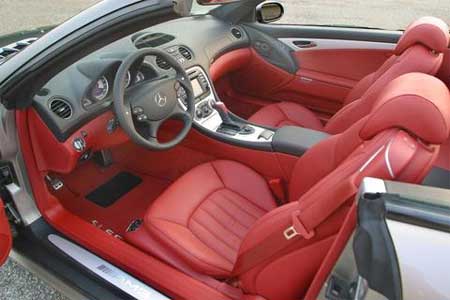
Mercedes creates the SL-Class allowing vehicles to be controlled
by a directional lever. (Image: forbesautos)
Operational Methods
A special compound rubber on the tire’s surface can automatically change shape as road conditions change.
Standard tire encases special rubber pieces.
An assembly of multiple steel wires transmits electrical voltage from the motor to the polymer compound.
A sensor detects changes in the road surface.
The Next 15 Years: Self-Adjusting Tires
It may be possible to switch from tires designed for paved roads to those suited for rough terrain in an instant, thanks to special polymer compounds. This material can change shape when subjected to electrical current and is currently leading the field in robotics research. Industrial designer James Owen believes similar technology could be applied in transportation and is confident that using energy from an engine partially powered by electricity will soon become widespread. Michelin agrees, and James’s idea won an award in the company’s design competition this year.


















































